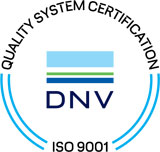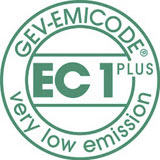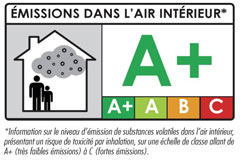Indoor pollution and Volatile Organic Compounds (VOC)
One of the main causes of indoor pollution is the emission of Volatile Organic Compounds (VOC).
These are chemical compounds of various types which are volatile, i.e. they evaporate easily into the air at room temperature. They are found in many everyday products, in building materials and furnishings (e.g. furniture, carpet, coverings, insulation), which may be the cause of continuous, long-lasting emissions over time.
Everybody at some stage or other has experienced the strong odours emitted after installing a new piece of furniture or painting the walls. The odours are caused by the volatility of certain substances contained in the wood of furniture or paints. In fact, high VOC concentrations are predominantly found during the period immediately after laying certain materials or the installation of furniture. VOC emissions are at their highest at the beginning of the product’s lifecycle and so, one of the most critical moments is when the operator prepares and uses it, especially in closed or poorly ventilated areas. After which, the emission rate tends to drop significantly and relatively quickly (within one week for paints and adhesives, and six months for other chemical compounds). The challenge presented by the Zherorisk® research initiative was to drastically reduce the emission of volatile organic compounds (VOC), the main cause of indoor pollution, without altering the chemical and physical properties of the products.
GEV Emicode EC1 PLUS
Litokol products come with EMICODE EC1 PLUS certification and labelling, for “products with a very low volatile organic compound emission rate” in compliance with the guidelines issued by GEV (association for the control of building material emissions), with much lower values than the limit values.








